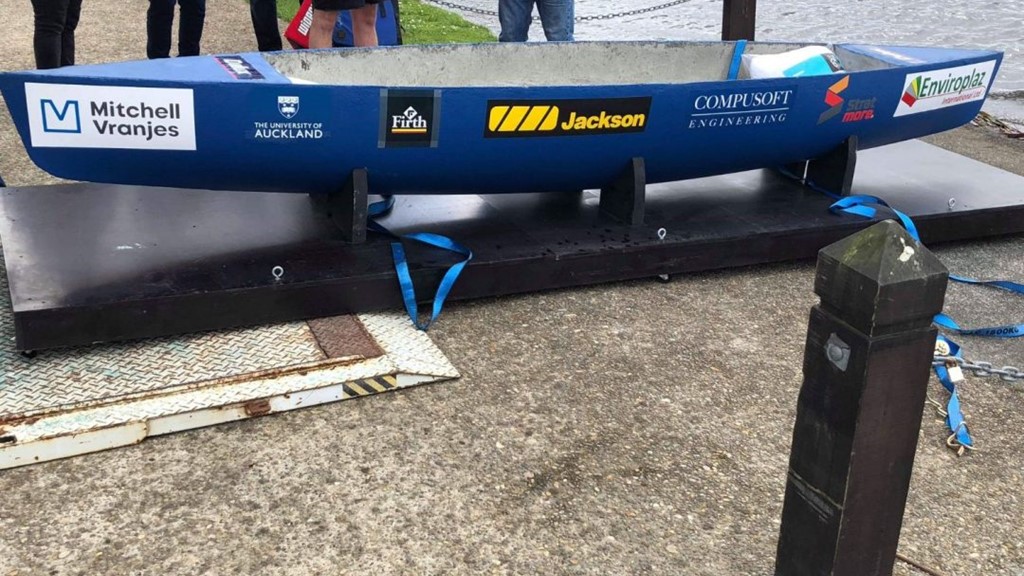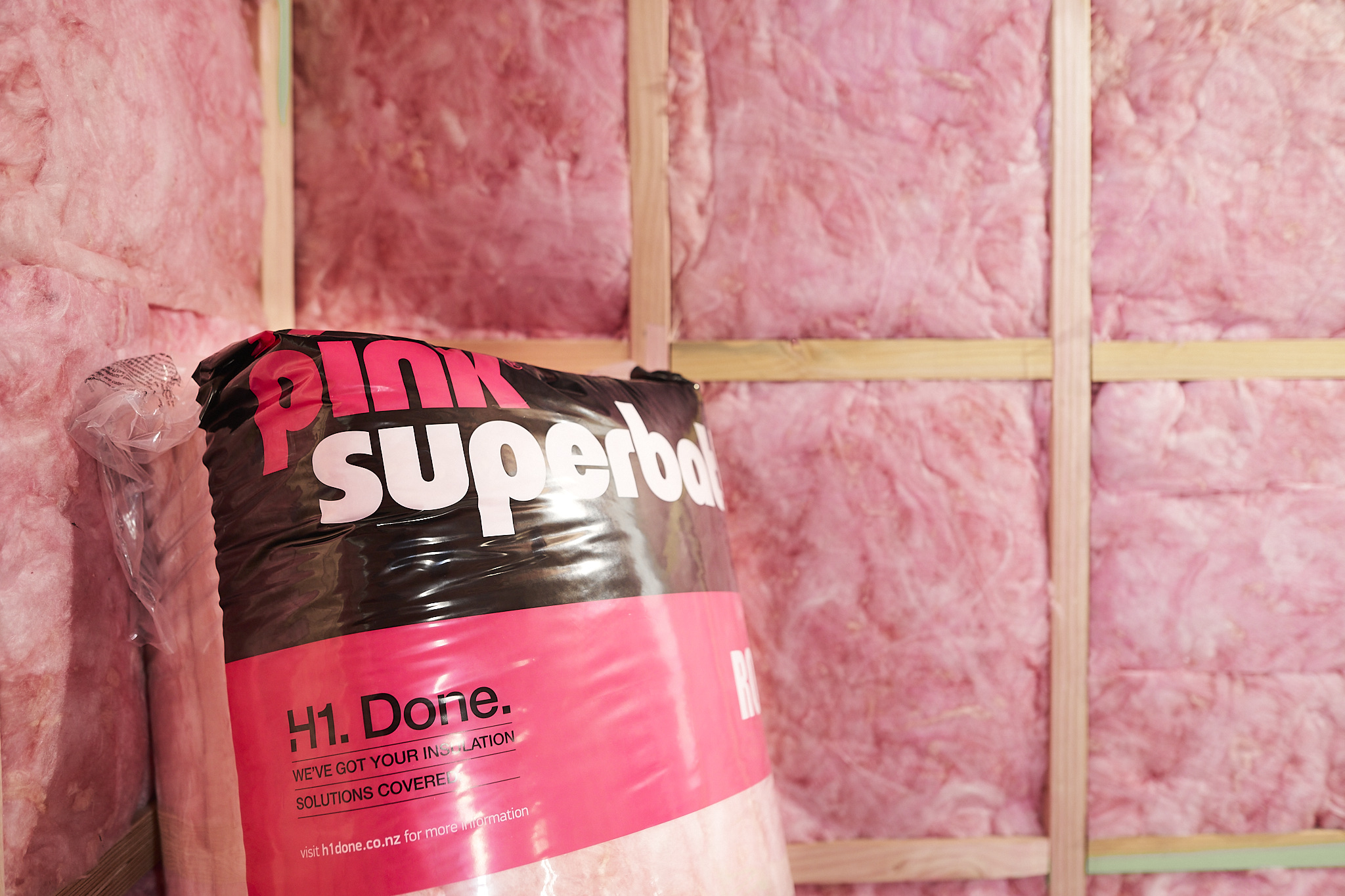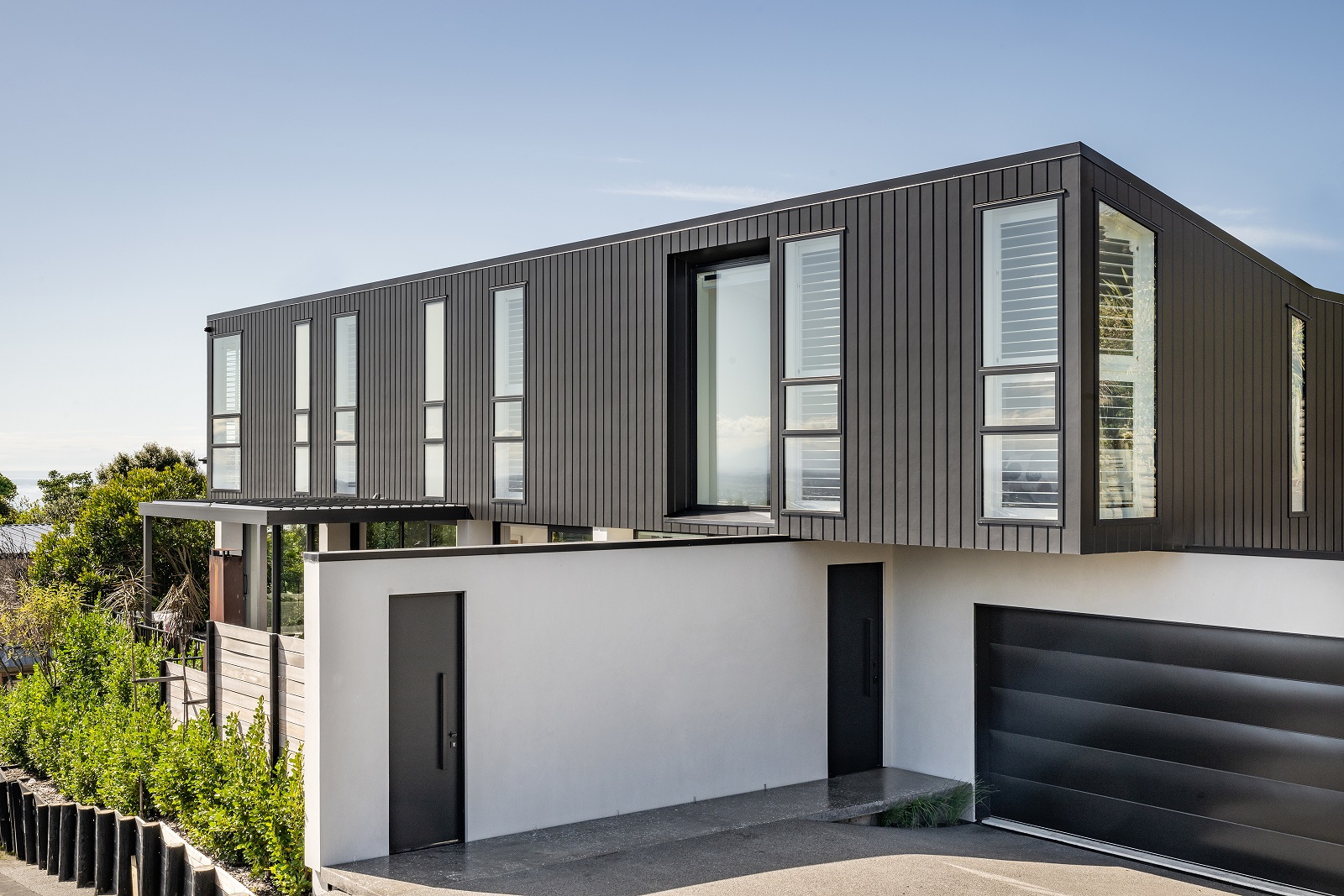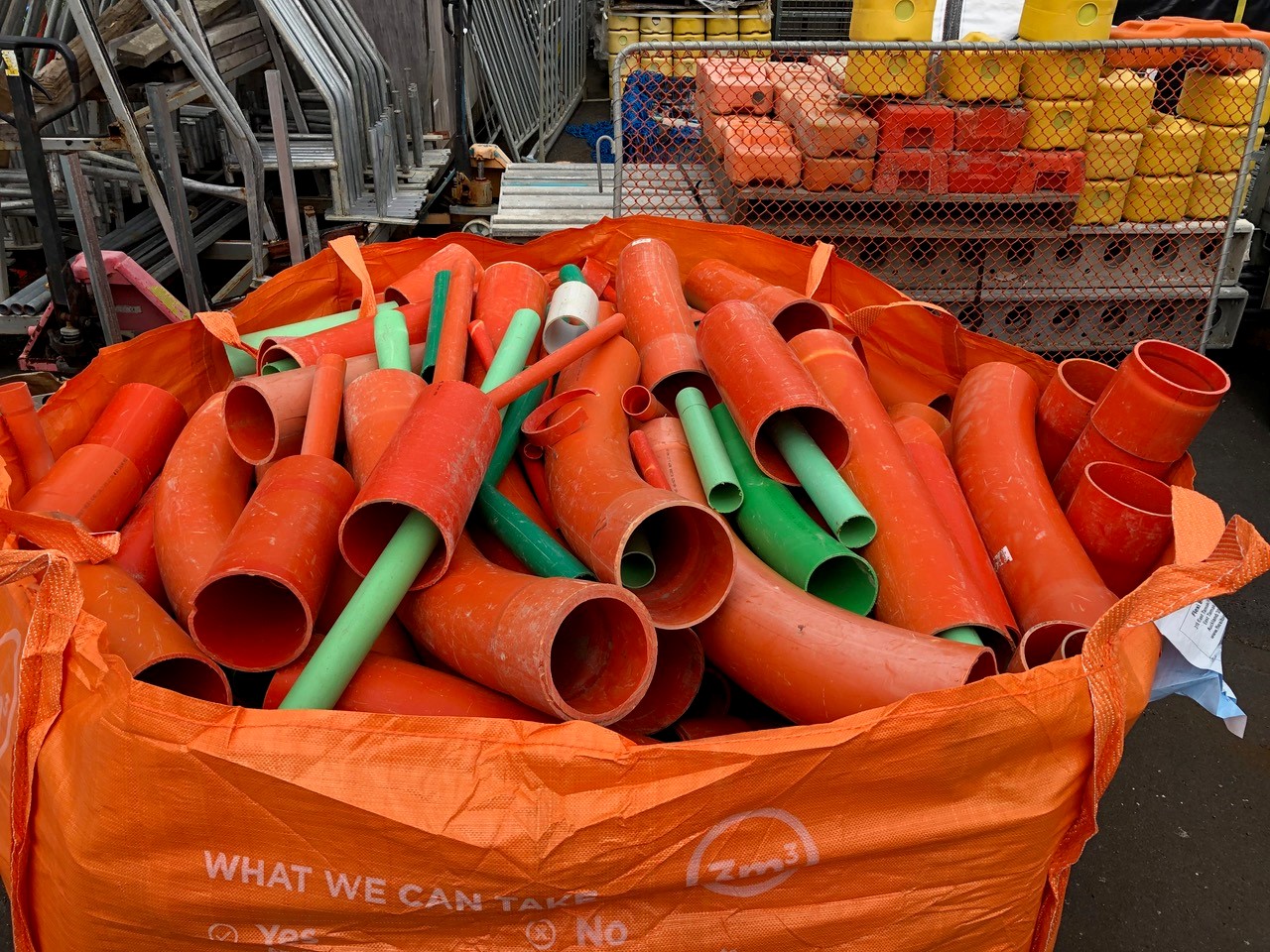
Everyone knows concrete isn’t buoyant. But just pose that question to University of Auckland undergraduate students Nicholas Jeffares and Logan McDonald the answer is most definitely “yes!”
Nick and Logan successfully designed, built and raced a concrete canoe against rivals Canterbury University at the national Concrete Conference held in Hamilton in October 2018.

While other countries have held annual concrete canoe competitions for a number of years, it’s the first time such a challenge has been undertaken in New Zealand and formed part of the Honours requirement for Nick and Logan’s engineering degrees.
Although not quite in the same league as the famous Oxford and Cambridge boat race held on the Thames every year, Nick says the project certainly fed the competitive spirit between the universities and was also an opportunity to have some fun. “Each team was made up of four people. Two worked on the materials to be used while the other two members worked on the geometry and how the canoe would move through the water,” he says.
We helped with a lightweight mix including fibres which help to keep the weight down and aid buoyancy,” adds Robert McKinnon, Materials Manager (Northern) for Firth. “Polystyrene inserts were also cast into the bow and stern. Fibres added to the mix helped with reinforcement and allowed a degree of flexibility so the craft wouldn't crack or break up in the water.”

“It was no surprise that Canterbury won the first race. Auckland made a comeback in the second race as we started to get the hang of it and then fittingly we drew the third!” says Nick.
The teams were also judged on the aesthetics of their canoes, with Auckland University being awarded the title of overall winner.
All of which underlines the incredible versatility of concrete.





